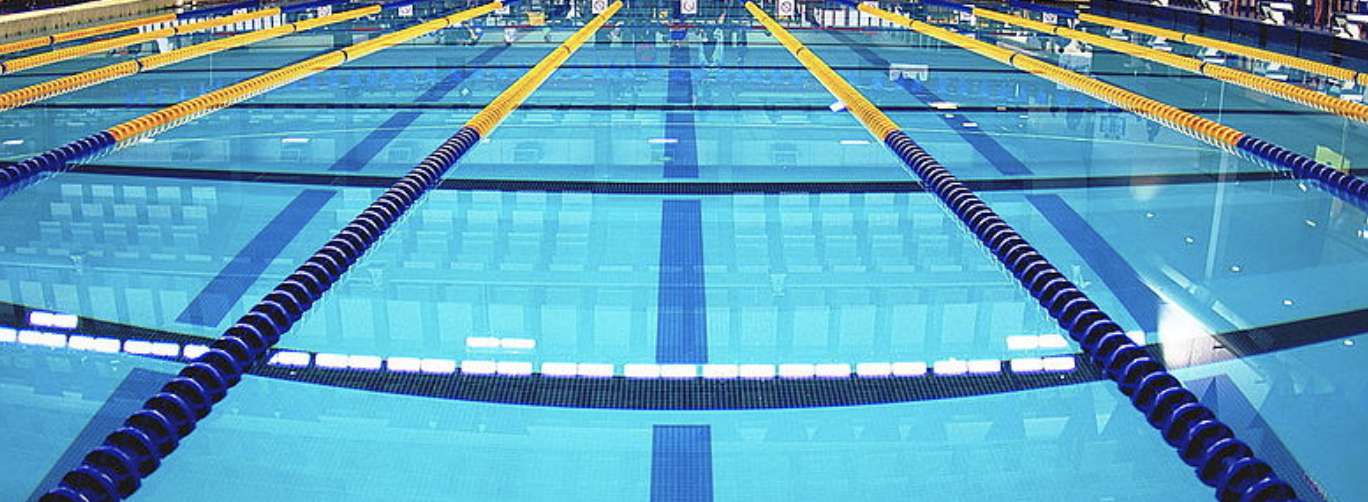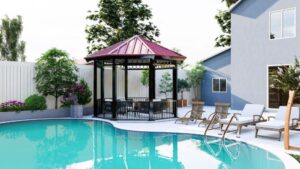A residence swimming pool can be a relaxing treatment for some people. Still, for others, the swimming pool concept is suitable for multiple exercise training sessions. Competitive swimmers usually install a lap pool to practice swimming laps on their property. But there are also design methods to consider, namely “fast pools” and “slow pools,” each with their benefits for different swimming scenarios. Suppose you are intrigued with the idea of having pools that can support you in improving your swimming skills and your health in general. Let this writing from Blue Pools and Spas be a quick guide to the concept of fast pool and slow pool.
What are fast pool and slow pool, and how are they different in usage context?
The answer to the above question may looks simple, judging from the pools’ names, but it could be more complex than you thought! Having a clear understanding of what they are and how to use them properly is the best way to choose the pool type that suits your needs.
What is fast pools
A fast pool is specially designed to use deep water, effective lane lines, and wave-absorbing gutters to assist swimmers in producing shorter times.

This is the more common pool type found in aquatic centres. “Fast pool” is also a term used by competitive swimmers to describe any pool where they can perform well.
What is slow pools
Less likely to be known, the slow pools, on the other hand, are shallower with installations that create and reflect waves, resulting in water resistance that slows swimmers down.
Different between fast pools and slow pool
| Fast Pools | Slow Pools | |
|---|---|---|
| Water Temperature | Around 25 – 26°C is widely used in competitive swimming | Colder or hotter water could be applied. Cold water can cause a shock to the respiratory system that restricts breathing and produce slower speed, and hot water can deny all the excess sweat/heat generated by a swimmer, making them use more energy for a similar effect. |
| Pool Depth | Reasonably deeper water is often seen to make swimmers go faster. | To reduce a swimmer’s speed, shallower water is usually used. |
| Water/Wave Control Characteristics | Fast pools can control the water flow by pumping water in from the bottom and including special gutters, thus preventing the currents created by pumping water into the pool from getting in the swimmers’ way. | -Poor wave control causes choppy water, which makes breathing control difficult because swimmers never know whether they are sucking in air or water, so they turn their heads more to breathe and slow down.-Swimmers coming from deep to shallow are pushed back by displaced water bouncing off the slope down to the pool bottom. |
| Lane Line | Have improved racing lane lines that control water turbulence and stop wave action from producing faster races. | Have a buffer lane along the course which forces waves to pass through the lane line twice before they can affect the swimmer. |
| Starting Blocks & Timers | Fast pool starting blocks are firm with no springiness, helping swimmers launch themselves further forward when a race starts. They also have electronic starters with speakers under each non-slip starting block, so the start is fair and even. | Have a starting pistol disadvantage that causes the far lane swimmer to hear the sound a tenth of a second later than the first lane guy. |
Benefits of fast pools and slow pools
All the information about the design of a fast pool and a slow pool above is provided to assist you in determining which one best suits your training needs.
Any pool will sufficeIf if you swim for recreation or exercise. A fast pool will help you achieve your best times if you are a competitive swimmer, but a slow one will accustom you to swimming under challenging conditions!

FAQs about fast and slow pools
Do you still need to figure out more about these pool concepts? Then let us provide the answers to a few further questions regarding these two types of competitive swimming pools.
Do you need a large space for such a pool concept?
Typically, the answer would be yes, as there must be enough space for a swimmer to dive around. But, if you only aim for a one-person lane situation, you can opt for a smaller design.
Can any pool be a fast pool or a slow pool?
Sadly, that is not the case. Whether you desire a fast or a slow pool, during pool construction they still need to follow specific building requirements often seen in competitive scenes.
Conclusion
A fast pool is the workout environment for a competitive swimmer who wants to achieve the best possible result as a standard in swim training among swimmers. On the other hand, a swimmer could also choose to practice in a slow pool for more challenging options to practice swimming in a more demanding situation.
Whether the one you choose to have for your property is the fast one or the slow one, building one is going to be difficult for many reasons. Therefore, you need the aid of a skilled and trusted pool company, such as us, Blue Pools and Spas.
Our team of experts will meet any demand with over 15 years of experience and expertise. Click here for our contact information and get a free quote now!








